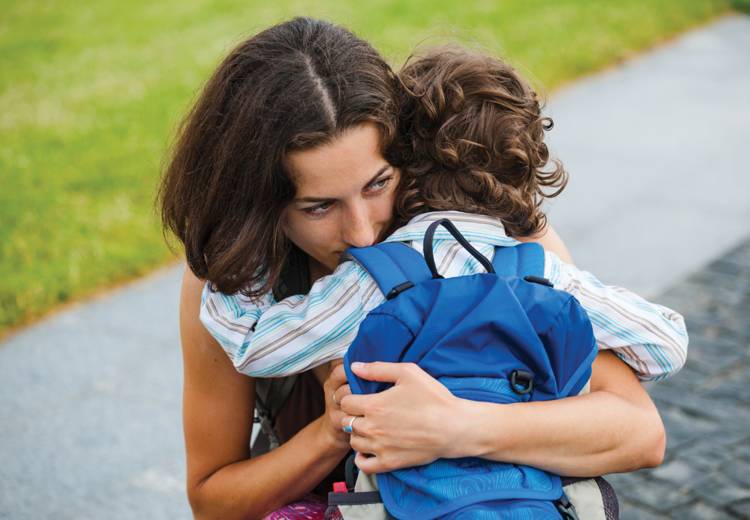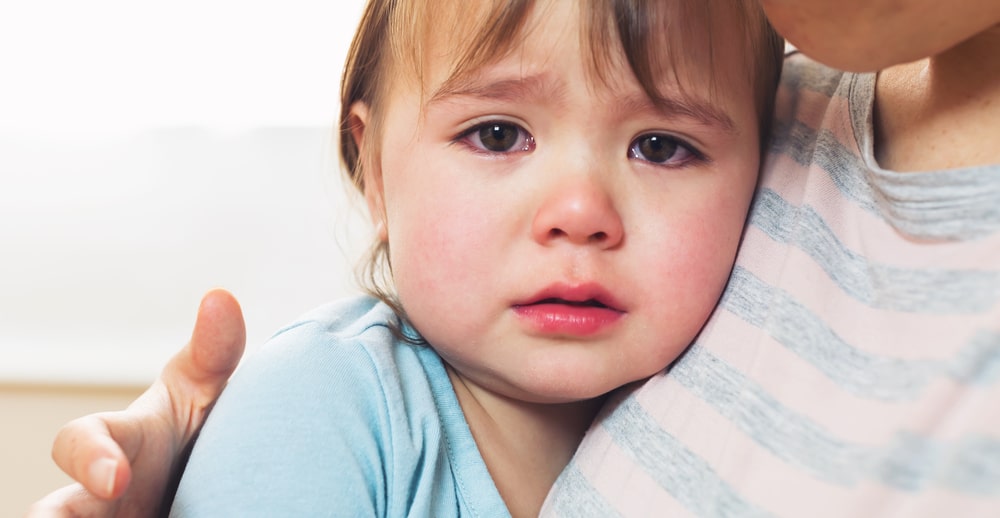Buzzwords Explained: Trauma-Informed Care

Key Takeaways
- More than 20% of babies will have at least one traumatic experience.
- Whether in a classroom or home setting, caregivers who are aware of the effects of trauma are better equipped to help young children process those negative experiences.
- The more we support children who have had traumatic experiences, the better their chance of thriving.

With Expert Insight From:
Dr. Joy Osofsky
Joy Osofsky, PhD, is the Paul J. Ramsay Endowed Chair of Psychiatry and Barbara Lemann Professor of Child Welfare at Louisiana State University Health Sciences Center in New Orleans and Director of the Harris Center for Infant Mental Health Center. She is a board member and Past President of ZERO TO THREE.
What is trauma-informed care for children?
We now know that trauma changes a baby’s brain. There’s a growing body of evidence to support the assertion that adverse childhood experiences literally alter the brain chemistry of growing infants and toddlers. More than 20% of babies will have at least one traumatic experience, and that number increases for children in poverty and children from marginalized communities.
That’s why it’s critical that early childhood professionals understand what trauma-informed care looks like. When children have the support of caring adults after traumatic events, a growing body of research shows they are more likely to recover without lasting damage.
This is what trauma-informed practices look like:
For children who have not experienced trauma, a change in caregiver may be disconcerting. For children dealing with the effects of childhood trauma, that same common occurrence can be destabilizing.
Let’s take a look at a typical toddler classroom in a program that provides transportation for students:

The teacher, who has built trust with the students, explains there has been a change but reassures the children this driver is safe even though they are “a stranger.” This reassures most of the students, but one young child, who has experienced several traumatic events, quickly becomes dysregulated. For this child, that looks like hitting peers and yelling. The child is unable to board the van and requires over an hour to calm down.
This is a common trauma response from a child who has learned they can’t always trust adults.
But because they attend a trauma-informed early childhood center, the staff is able to:
- Recognize the child was triggered
- Examine why the trigger may have occurred given their knowledge of the child’s history
- Plan ahead for the next time this trigger may occur
In this instance, the staff communicated with the transportation company that they would like to be informed of driver changes ahead of time if at all possible so they can prepare their student. The next time a change occurs, they have more time to help their student prepare for an unexpected change in their routine. Over time and with consistency, the student learns that they can trust the various van drivers that may take them home — because they have been supported through a triggering situation in a trauma-informed manner. This is what trauma-informed care for children looks like.
Young children learn how to regulate their emotions in the context of a relationship and if you don't have a stable relationship you don't learn that.
Dr. Joy Osofsky
Trauma-informed care gives kids security:
Whether in a classroom or home setting, caregivers who are aware of the effects of trauma are better equipped to help young children process those negative experiences. Learn how you can implement trauma-informed practices in early childhood settings.
- Caregivers who are trauma-informed are more sensitive to how behaviors may connect to emotions in young children. When a child has had traumatic experiences, triggers in the environment may cause them to react with negative behaviors. Trauma-informed caregivers learn to be on the lookout for these triggers so they can help kids navigate their big emotions safely.
- Trauma-informed caregivers know what dysregulation looks like and have tools in their toolbox to help young children become regulated again. Dysregulation can look like yelling and shouting. It may include physical aggression. It can also look like hiding or withdrawing. It is critical that caregivers understand what a dysregulated nervous system looks like so they can provide the right kind of support.
- In classroom or clinical settings, trauma-informed early childhood professionals can structure the environment in a way that encourages regulation and reduces triggers. Indirect lighting, organized play materials and a consistent schedule help traumatized children know what to expect — which provides a sense of safety.
Trauma affects every child differently, but there is one common truth. The more we support children who have had traumatic experiences, the better their chance of thriving.
Access our research article about specific approaches to trauma-informed care in early childhood education.
Safe Babies Works to Promote Trauma-Informed Child Welfare Systems

The goal of the ZERO TO THREE’s Safe Babies approach is to prevent maltreatment and neglect of babies toddlers and to keep families together.


